What is a diode?
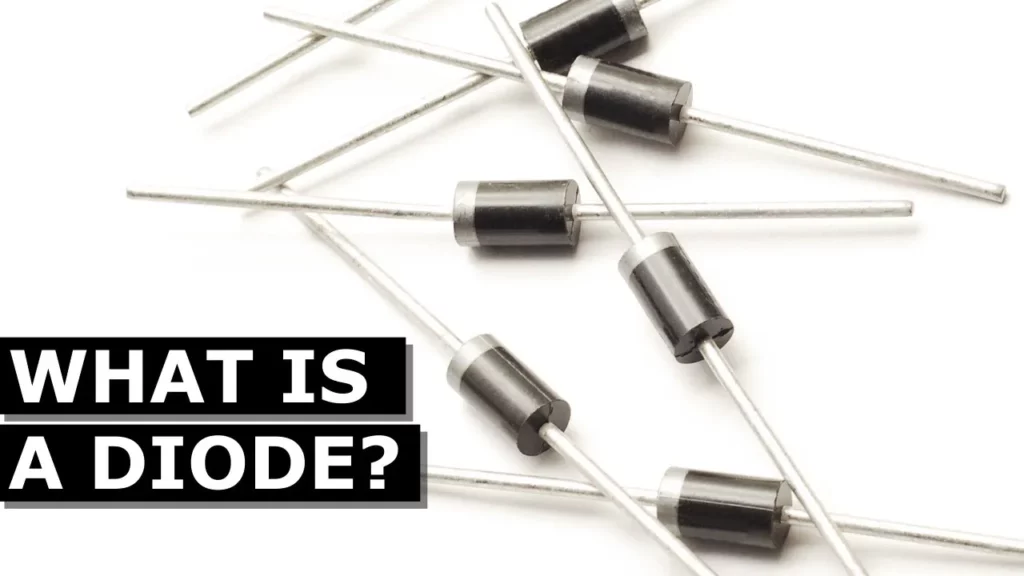
In this lesson, we explored the fundamental concept of diodes, which are electronic components that allow current to flow in only one direction, functioning like one-way gates for electricity. We discussed the importance of correctly identifying the anode and cathode, the distinction between electron flow and conventional flow, and the applications of diodes in circuits, particularly in converting alternating current (AC) to direct current (DC) through rectification. Additionally, we highlighted the role of capacitors in smoothing the DC output for stable voltage in electronic devices.
Half Wave Rectifier Explained – power electronics
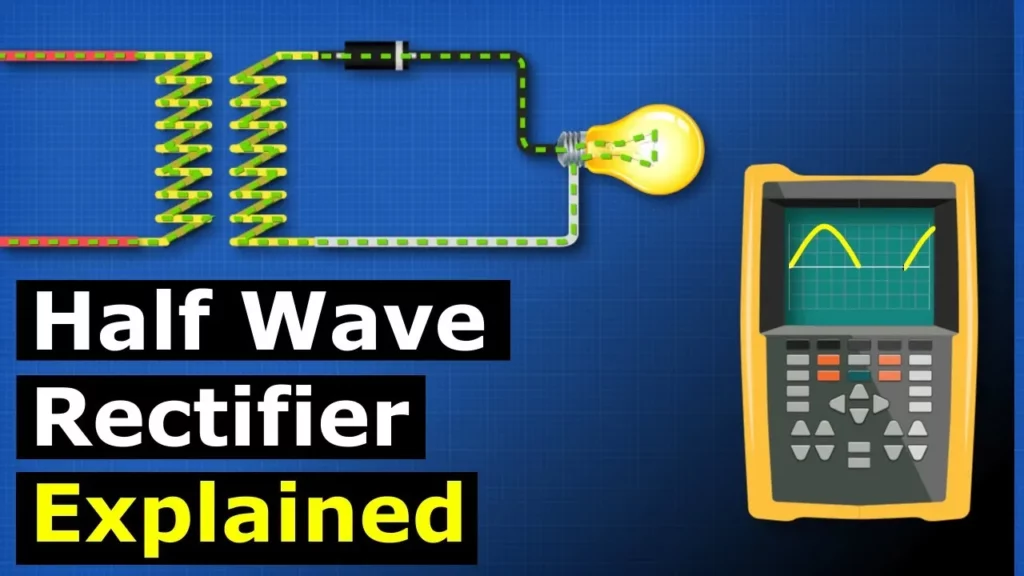
The lesson on half-wave rectifiers explains how these devices convert alternating current (AC) to direct current (DC) using diodes, which allow current to flow in only one direction. It details the operation of a half-wave rectifier, where a diode blocks the negative half of an AC sine wave, resulting in a pulsating DC output, and discusses its applications in simple circuits, along with limitations such as flickering and inefficiency for sensitive electronics. To improve the output, the lesson suggests adding a capacitor to smooth the pulsating DC or considering a full-wave rectifier for a more stable power supply.
Flemings Left Hand Rule

Fleming’s Left-Hand Rule is a method used to determine the direction of force in electromagnetic systems by using the left hand to represent the relationships between current, magnetic field, and force. By positioning the fingers of the left hand—where the second finger indicates the direction of conventional current, the first finger shows the direction of the magnetic field, and the thumb points to the direction of the force—one can predict how a wire or coil will move in an electromagnetic field. This rule is essential for understanding the behavior of coils in motors and other electromagnetic applications.
Conventional Current v Electron Flow – Electricity explained
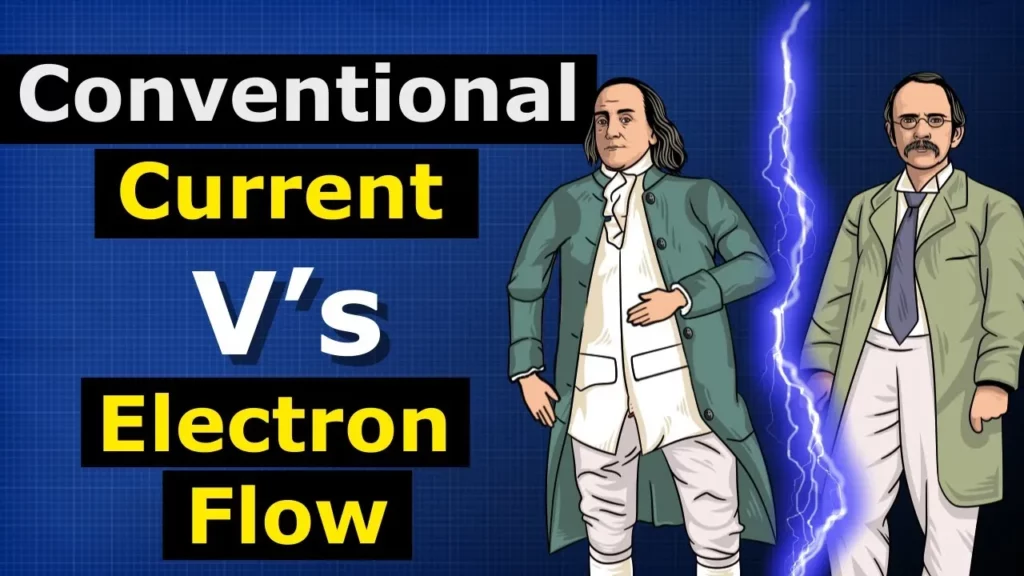
This lesson explains the concepts of conventional current and electron flow in electricity. Conventional current, established by Benjamin Franklin, describes electricity as flowing from positive to negative, while electron flow, discovered by Joseph Thomson, reveals that electrons actually move from negative to positive. Understanding both concepts is essential for grasping electrical principles and is crucial for anyone studying electrical engineering, despite the persistence of conventional current in labeling and diagrams.
Limited Slip Differential Explained
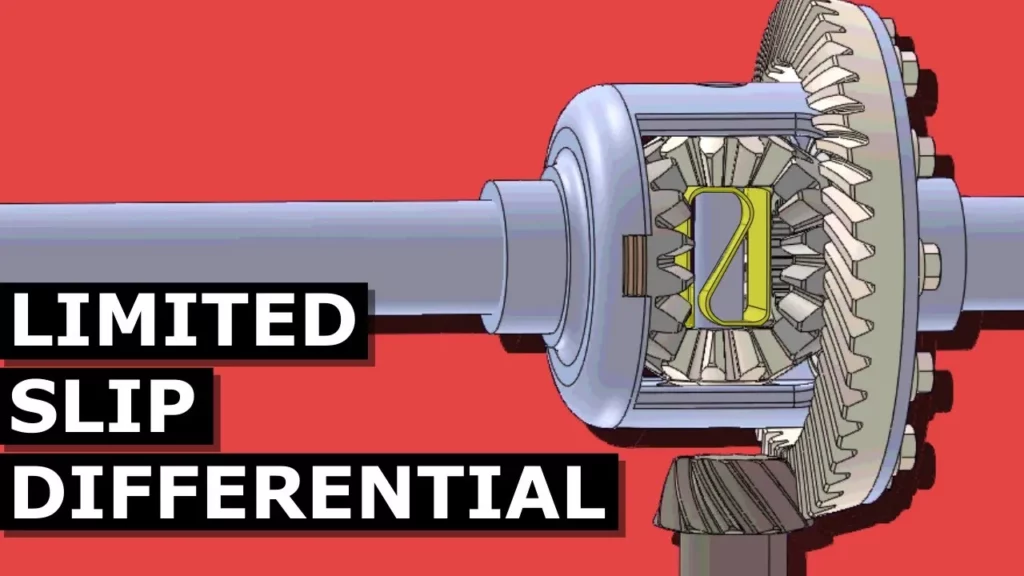
The lesson on the Limited Slip Differential (LSD) explains how this mechanism improves traction and control in vehicles, particularly on slippery surfaces. Unlike open differentials that send power to the wheel with the least traction, the LSD uses a clutch pack system to manage power distribution, allowing for better synchronization of wheel speeds during straight driving while still accommodating necessary differences in speed during turns. This design helps prevent wheel slippage, enhancing overall vehicle stability and performance.
What Is A Solenoid Valve?
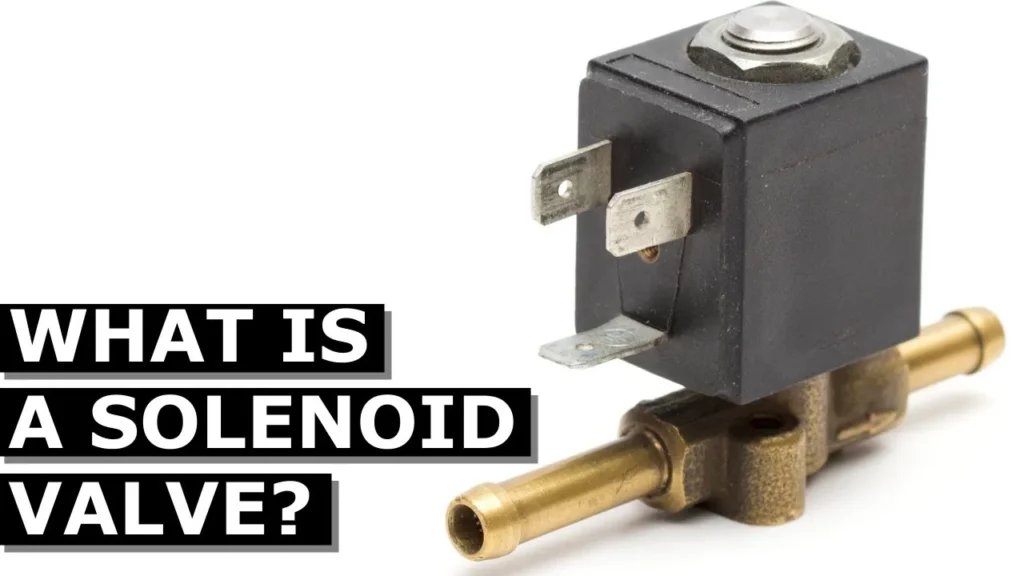
The lesson on solenoid valves explains their function as devices that convert electrical energy into mechanical energy to control fluid flow autonomously and remotely. It details the structure of solenoid valves, their operation through electromagnetic fields, and the distinction between normally open and normally closed types, emphasizing their importance in enhancing system efficiency and safety across various applications.
How to test a car battery
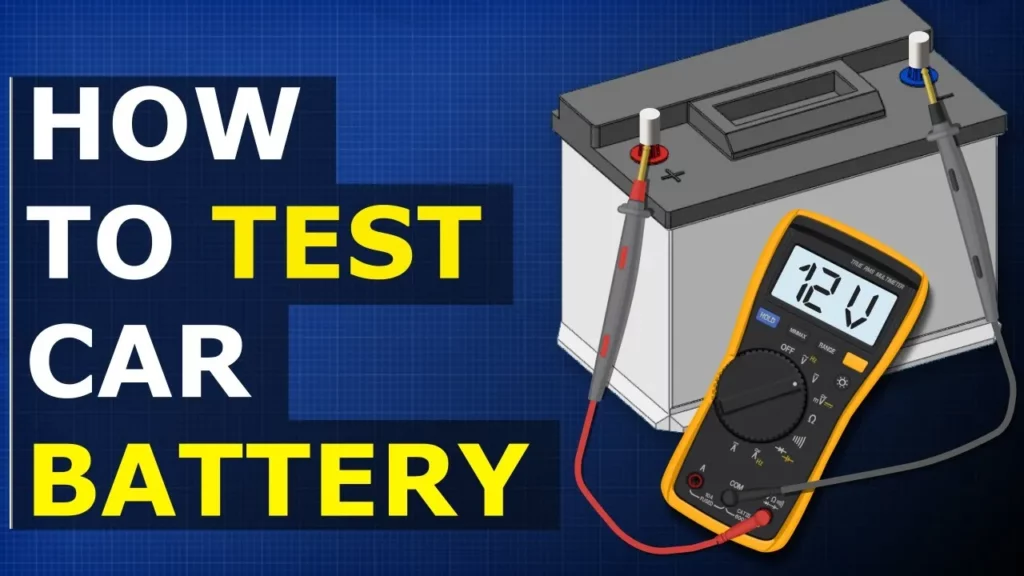
This lesson explains how to test a car battery using a multimeter to measure its voltage, with a healthy battery reading around 12.6 volts. It also describes the battery’s role in starting the engine and how the alternator recharges the battery while the engine runs, highlighting the importance of both components in a vehicle’s electrical system. Understanding these concepts helps ensure proper battery maintenance and functionality.
Ground Wire Explained
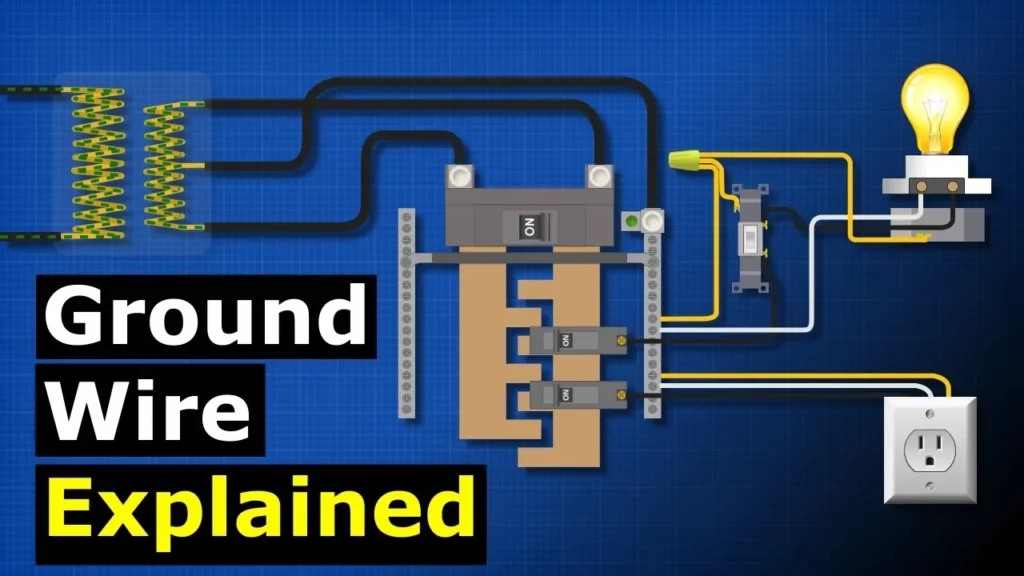
This lesson explains the essential role of the ground wire in home electrical systems, distinguishing it from hot and neutral wires. While hot wires carry current to appliances and neutral wires return it, the ground wire serves as a safety mechanism, providing a low-resistance path for electricity during faults to prevent electric shocks and equipment damage. Understanding how ground wires connect to outlets and appliances is crucial for ensuring safety around electricity.
How Starter Motors Work
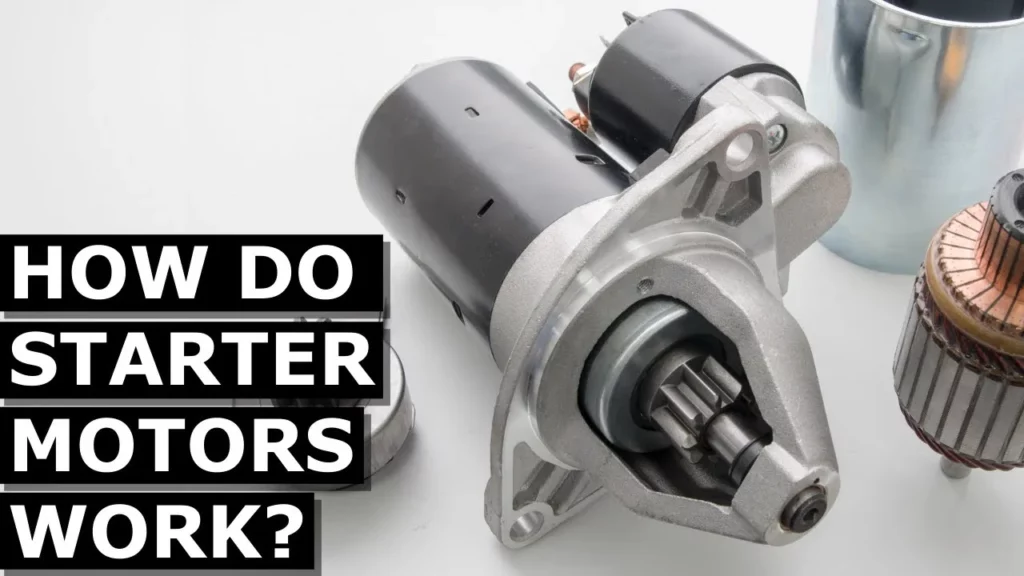
This lesson explains the operation of starter motors in vehicles, detailing the role of the solenoid in initiating the engine’s ignition process. When the ignition key is turned, electrical current activates the solenoid, which engages the starter motor to rotate the engine’s flywheel, allowing the combustion process to begin. Once the engine starts, the system disengages, enabling the engine to run independently while the alternator recharges the battery.
Finned Tube Heat Exchangers
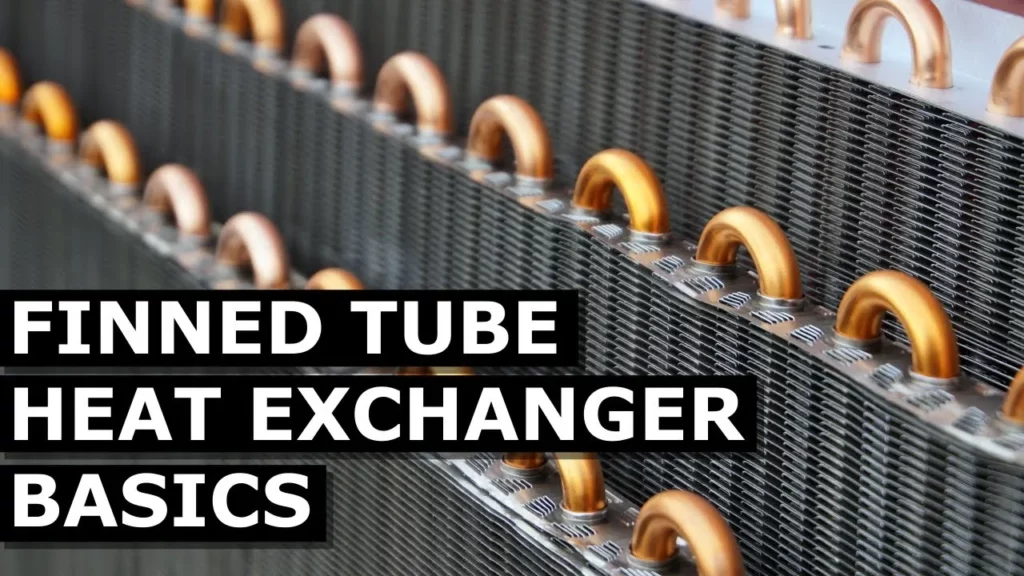
Finned tube heat exchangers are essential devices that enhance heat transfer efficiency between two fluids, typically involving a hot fluid inside a tube and a cooler fluid, such as air, flowing over the fins outside. The fins increase the surface area for heat exchange, allowing thermal energy to transfer effectively without mixing the fluids. These heat exchangers are widely used in various applications, including cooling systems in gas turbine power stations, highlighting their importance in mechanical and thermal engineering.